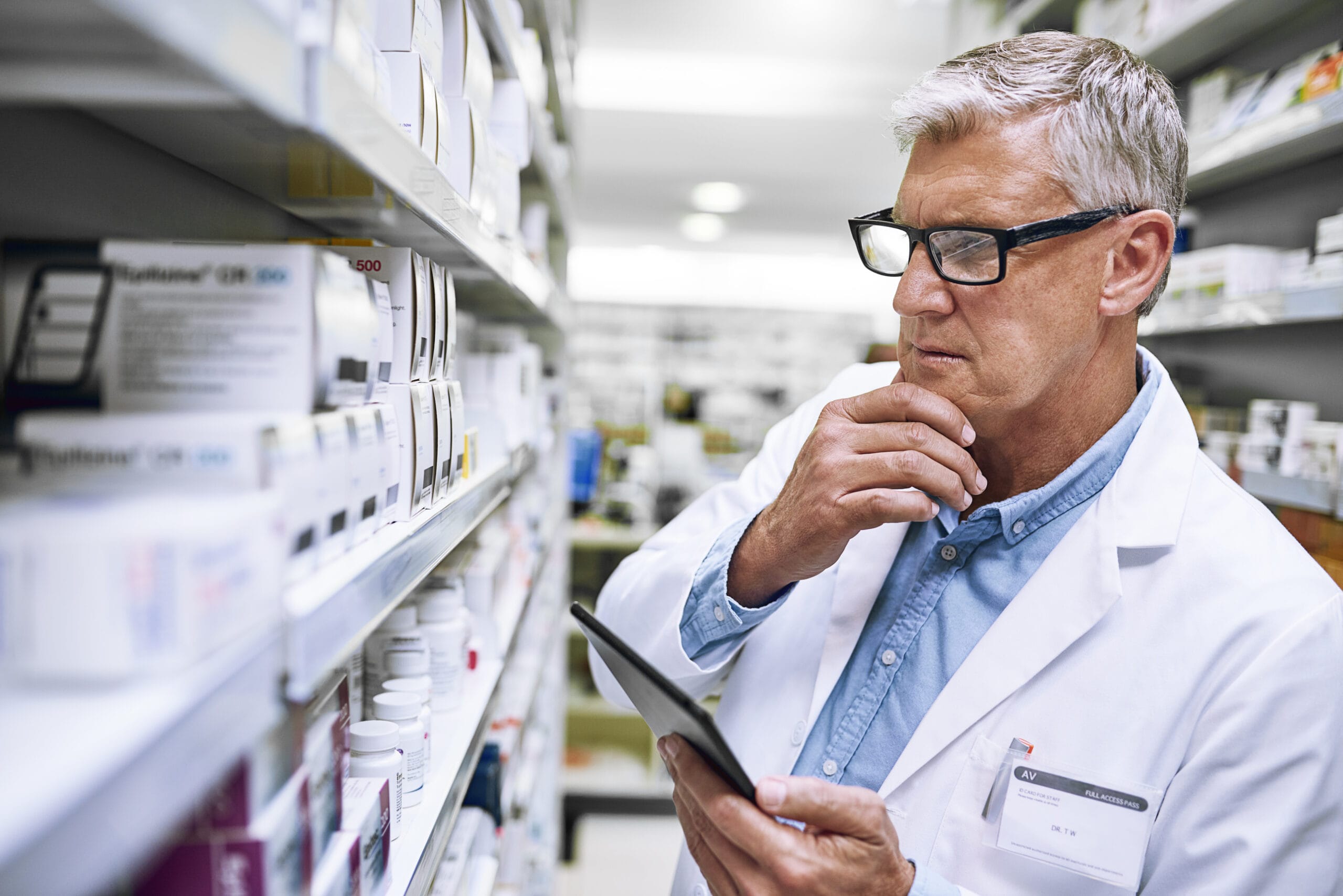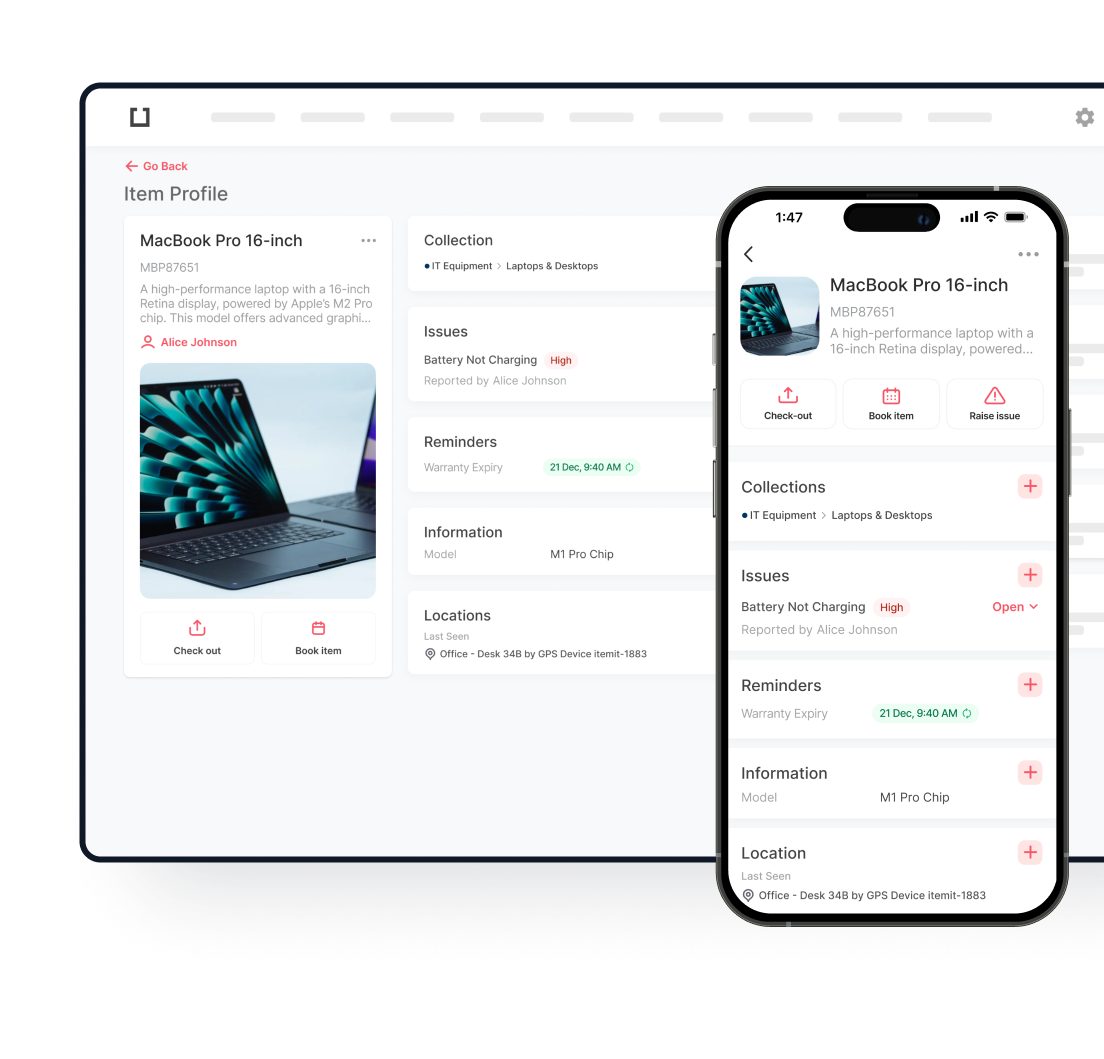
Businesses of all kinds depend on their ability to control inventory. Without a good system, stock can be easily lost, leading to expensive mistakes, delays, and wasted resources. This article will look at how companies might streamline inventory supplies using cutting-edge tools—more specifically handheld computers—to elevate their inventory control systems.
Understanding Inventory Control Systems

Businesses use inventory control systems to monitor and control their stock levels, guaranteeing the correct balance of goods or supplies on hand. Good inventory control helps companies keep costs under control by preventing overstocking, understocking, and stockouts, helping to meet consumer needs.
Why Is Inventory Control Essential?
Whatever the size of the company, a good inventory control system is absolutely essential. For small businesses, it guarantees the effective use of limited resources. In bigger companies, it stops inventory mismanagement-related losses. Maintaining ideal stock levels, lowering waste, enhancing order accuracy, and raising general operational efficiency comprise the objectives of inventory control.
Without an inventory control system, businesses are more likely to make bad decisions, have erroneous stock levels, and over- or underbuy inventory. A retail company that does not adequately monitor its inventory, for instance, might find that some items have too much stock while others do not, resulting in lost sales and unneeded costs. The same is true of a manufacturing company that must have on-hand raw supplies to sustain output levels. Operations would stop without real-time knowledge of their inventory.
Clearly defined inventory control objectives allow companies to concentrate on process simplification. Often among these goals are:
- Maintaining optimal stock levels
- Ensuring products are in the right location
- Reducing excess inventory
- Reducing theft or losses due to spoilage
- Improving customer satisfaction by having the right items on hand when needed
Types of Inventory Control Systems
There are three main types of inventory control systems:
- Manual Systems: Either on paper or in spreadsheets, this entails manually updating records and physically counting stock items. Although it’s cheap and easy, it can take time and is prone to human mistakes.
- Digital Inventory Systems: Many times, companies running digital systems depend on software that automatically updates stock levels. Though they require human interaction for data entry and reporting, these systems are more accurate and efficient than hand-operated ones.
- Automated Systems: These are the most sophisticated, depending on RFID (Radio Frequency Identification) and handheld computers to track merchandise automatically in real time. Automated systems dramatically lower human error, offer instant insights, and are quite accurate.
Manual Systems: The Old School Approach
Small companies—especially those with low inventory levels and minimal complexity—still use manual inventory control systems. Manual tracking, however, is rife with issues. Major negatives are human counting mistakes, data entry errors, and the sheer time it takes to finish actual counts. Furthermore, lacking real-time insights, manual systems allow for differences between recorded and actual stock levels.
Digital Systems: Bridging the Gap
Conversely, digital systems bring efficiency first and foremost. Usually running on software that lets companies track their inventory using barcodes or QR codes, these systems give companies more accuracy and faster updates, surpassing hand systems. Employees still must manually scan or enter data, though, which leaves an opportunity for human mistakes.
Automated Systems: The Future of Inventory Management
Automated systems ultimately reflect the direction of inventory control. Companies can automatically monitor their inventory using handheld computers, eliminating the need for actual item counting. Whether they use RFID tags or barcodes, handheld computers give real-time stock level data that lets companies make better decisions and lowers the possibility of human error.
The Role of Handheld Computers in Inventory Control

Within the framework of an advanced inventory control system, handheld computers are rather effective inventory tracking devices. All while on the go, these devices let staff members track items, scan barcodes, and quickly change inventory records. By means of real-time data, enhanced accuracy, and accelerated inventory process speed, handheld computers help to improve inventory control objectives.
Because users of these devices have instant access to current stock levels, they can help prevent typical inventory problems, including understocking or overstocking. A basic scan offers current information; with the correct software, companies can automatically handle reorder points and maintain ideal stock levels all year long.
Handheld computers also enable companies to do faster cycle counts. In sectors including food and beverage businesses, where the lifetime of a product may be limited, this is particularly helpful for perishable goods. Frequent cycle counts help companies reduce waste and maximise their inventory.
Inventory vs. Supplies: Clear Definitions
Before diving deeper into the technical aspects, it’s essential to differentiate between inventory and supplies, as these terms are often confused.
- Inventory: Inventory refers to the raw materials, work-in-progress items, and finished goods that a business intends to sell or use in the production of goods. Essentially, inventory is what directly contributes to the creation or sale of a product.
- Supplies: Supplies, on the other hand, are items that are essential for the operation of a business but don’t become part of the finished product. Examples include office supplies, cleaning materials, and maintenance tools.
Why the Distinction Matters
For a couple of reasons, the difference between inventory and supplies is quite important. First, they are handled differently in accounting systems. Generally speaking, inventory is seen as an asset; supplies are seen as expenses. Second, how companies monitor and handle every category differs. While supplies are replaced as needed for operations, inventory must be rebuilt depending on customer demand.
Maintaining the seamless running of a business depends on knowing how to count supplies. A building company might have to manage items like nails, screws, or protective gear (supplies) in addition to tracking materials like wood or cement (inventory). Using a handheld computer, supplies and inventory can be quickly monitored with real-time changes guaranteeing accuracy.
How to Take Inventory of Supplies
One must grasp how to take inventory of supplies if effective business operations are to occur. To make sure you never run out, this entails compiling a clear list of basic goods, establishing minimum stock levels, and routinely reviewing supplies. Quick barcode scans and instantaneous updates to inventory records let handheld computers streamline this process.
The Critical Need for Effective Supply Management in Healthcare
Nowhere is effective supply management more important than in the medical field. To guarantee appropriate patient treatment, hospitals, clinics, and other healthcare facilities depend on inventory for medical supplies. Maintaining operations and guaranteeing patient safety depends on accurate medical supply tracking, from syringes to bandages and life-saving drugs.

Consequences of Poor Supply Management in Healthcare
Severe consequences can follow from healthcare providers’ ineffective management of inventory for medical supplies. Shortages of vital supplies like gloves, IV fluids, or drugs directly affect patient care, causing delays, higher costs, and even patient endangerment. Running out of items is not an option in a medical environment.
Handheld computers make tracking medical supplies easier in medical offices. Medical staff can guarantee they are always fully stocked with the required items by scanning every item and instantly updating the system, preventing critical shortages.
The Impact on Patient Care
In a healthcare environment, a well-run inventory medical supplies system not only guarantees that medical professionals have access to the tools they need but also enhances patient care by lowering wait times for vital supplies. On the other hand, mismanagement might put patients in danger and delay treatment.
Furthermore, regulatory compliance is significant for healthcare providers. Accurate inventory control guarantees hospitals can deliver the best treatment available and helps them comply with rules by keeping a clear record of the used medical supplies.
Handheld Computers for Inventory Management

A handheld computer is small and portable, letting users track, manage, and instantly update inventory. Often featuring barcode scanners, RFID readers, and wireless connectivity, these devices are flexible tools for companies in many different fields.
Handheld computers offer several advantages over conventional systems of inventory control. First, they help to lessen the need for hand data entry, which frequently leads to human mistakes. The process is quicker and more accurate since the data is gathered automatically with a handheld gadget.
Industries That Use Handheld Computers
Handheld computers are widely used in various industries, including:
- Retail: To scan barcodes, track sales, and manage stock levels.
- Logistics: For tracking shipments and managing warehouse inventory.
- Manufacturing: To monitor raw materials and production line supplies.
- Healthcare: To track inventory of medical supplies and ensure accurate patient records.
- Construction: To manage the stock of both equipment and supplies.
- Pharmaceuticals: Ensuring the correct distribution of medication and tracking expiration dates.
In each of these industries, Handheld computers streamline processes by enabling real-time updates, thus enhancing decision-making, reducing errors, and boosting productivity.
How to Set Up and Manage Inventory Supplies with a Handheld Computer
Now that we understand handheld computers and their benefits, let’s explore a step-by-step guide on how to set up and manage inventory supplies using these inventory tracking devices.
- Choose the Right Handheld Computer: Depending on your industry, select a Handheld computer with the appropriate features (e.g., barcode scanning, RFID tracking).
- Install Inventory Management Software: Most Handheld computers come with pre-installed software, but you may need to customise it to fit your business’s specific needs.
- Create an Inventory Database: Before you start scanning, you’ll need a well-organized database with all your products and supplies listed. This includes product names, SKUs, quantities, and locations.
- Start Scanning Items: Use the device’s scanner to scan barcodes or RFID tags. The system will automatically update stock levels, giving you a real-time view of your inventory.
- Set Minimum Stock Alerts: Many inventory management systems allow you to set alerts when stock levels drop below a certain point. This ensures you never run out of critical supplies.
- Generate Reports: One of the major advantages of using handheld inventory devices is the ability to generate detailed reports on stock levels, usage rates, and reorder points.
- Sync Data with Your Central System: Ensure that all data collected by the Handheld computer is synced with your central inventory management system for accurate reporting and auditing.
Overcoming Common Challenges with Handheld Computers
Although handheld computers have many advantages, companies should be aware of some issues as well. Among them are:
- First Set Prices: Handheld computers can be costly, particularly for smaller companies. Usually, though, the efficiency gains and long-term cost savings exceed the initial outlay.
- Training: Staff members should receive instructions on proper device use. Although most handheld computers are meant to be easy to use, those who are not familiar with the technology could find a learning curve.
- Battery Life: can be an issue depending on the model, particularly for companies that depend on their devices for extended periods of time. Your handheld computers must be fully charged and feature backup power choices.
Wrap-Up
Managing inventory supplies effectively is more important than ever in today’s hectic corporate scene. Cutting-edge technologies like handheld computers help companies guarantee constant supply, simplify procedures, and lower mistakes.
Contact our experts at itemit for further advice on how to maximise your inventory control using handheld computers and sophisticated Inventory tracking devices. We will assist you in elevating your inventory control.

Try itemit
Choose a better way to track
your assets.
Start your free 14-day trial now!

Keep Learning
itemit Blog
Tips, guides, industry best practices, and news.
The Ultimate Guide to RFID Inventory Management
Discover the beginner’s guide to RFID inventory management technology. Learn how to improve accuracy, streamline stock tracking, and boost efficiency today!
A Guide to the Different Types of Inventory Management
Discover the different types of inventory management systems and how each can improve efficiency and accuracy in managing your business inventory.
Understanding the Inventory Tracking Process and Its Importance
Learn about the inventory tracking process and its importance. Discover how it helps improve efficiency, accuracy, and overall business management.


